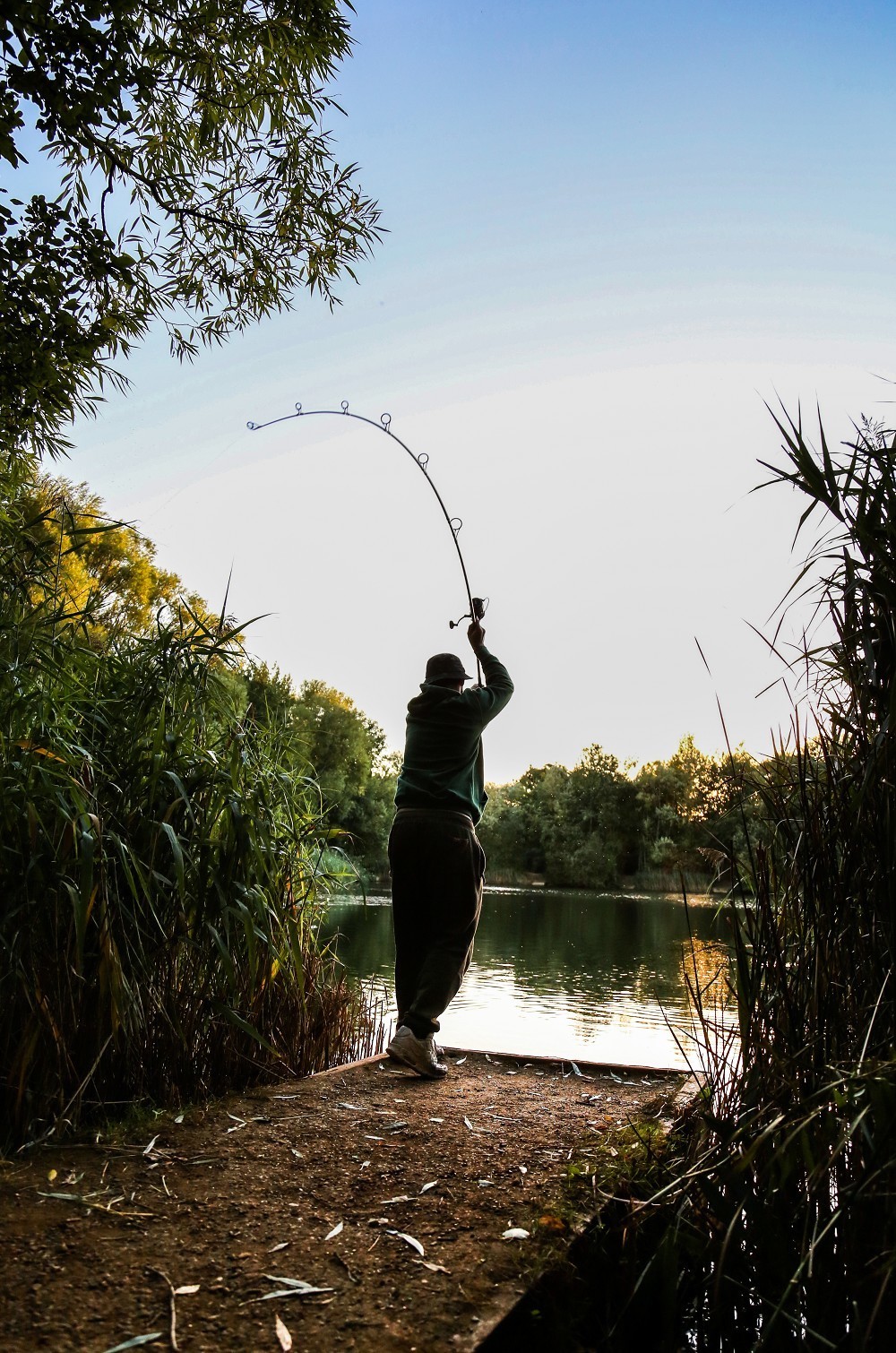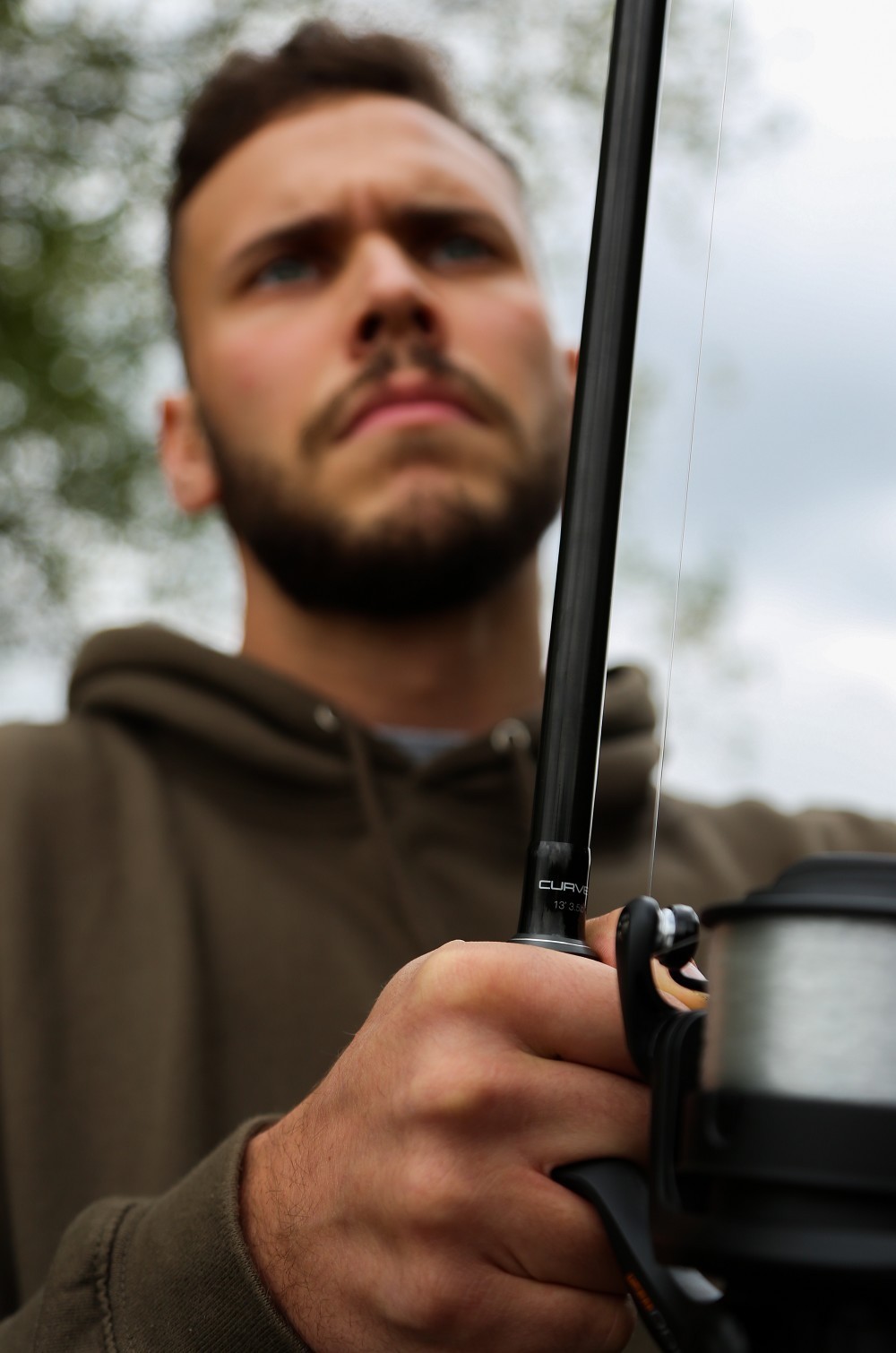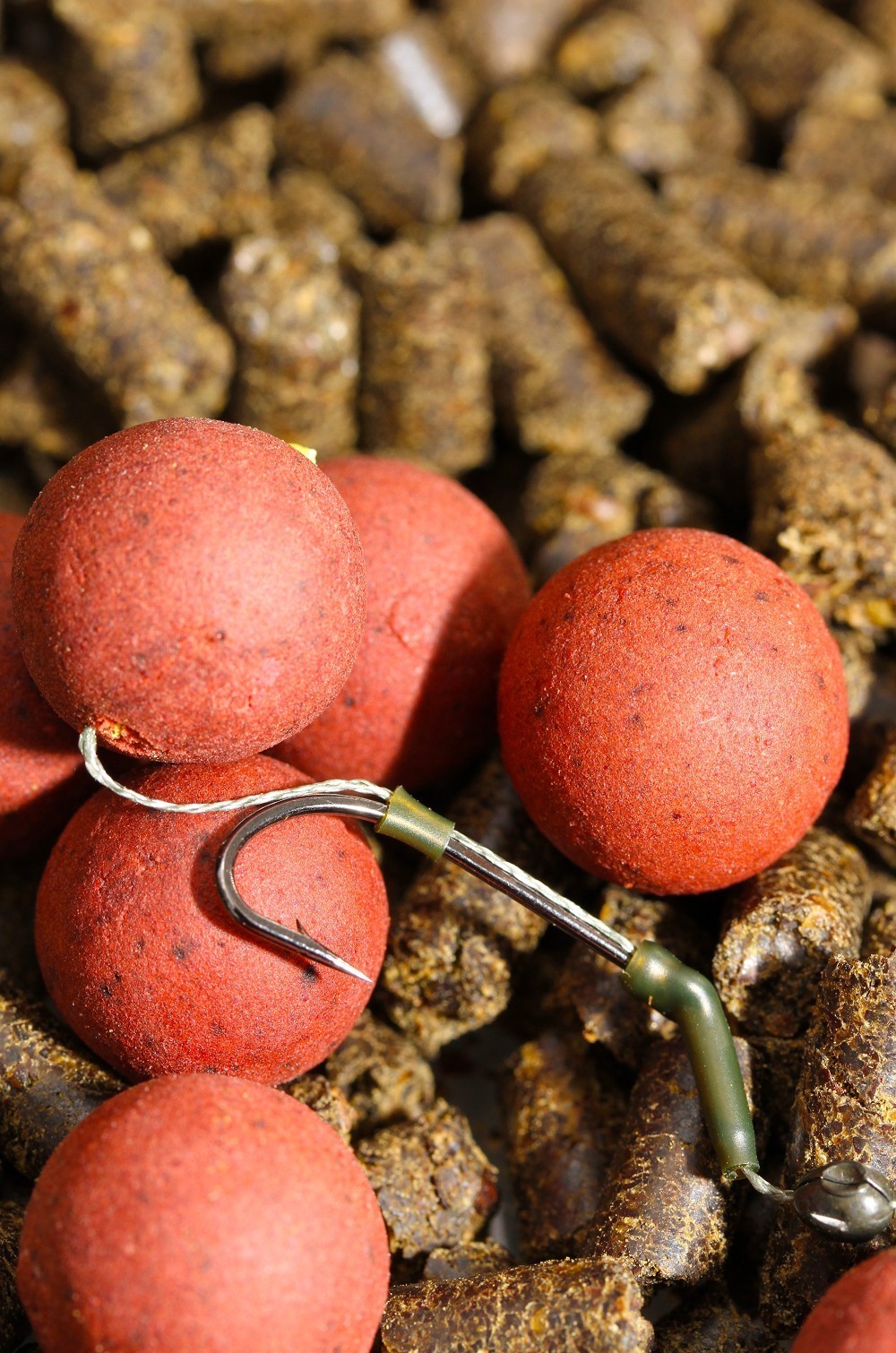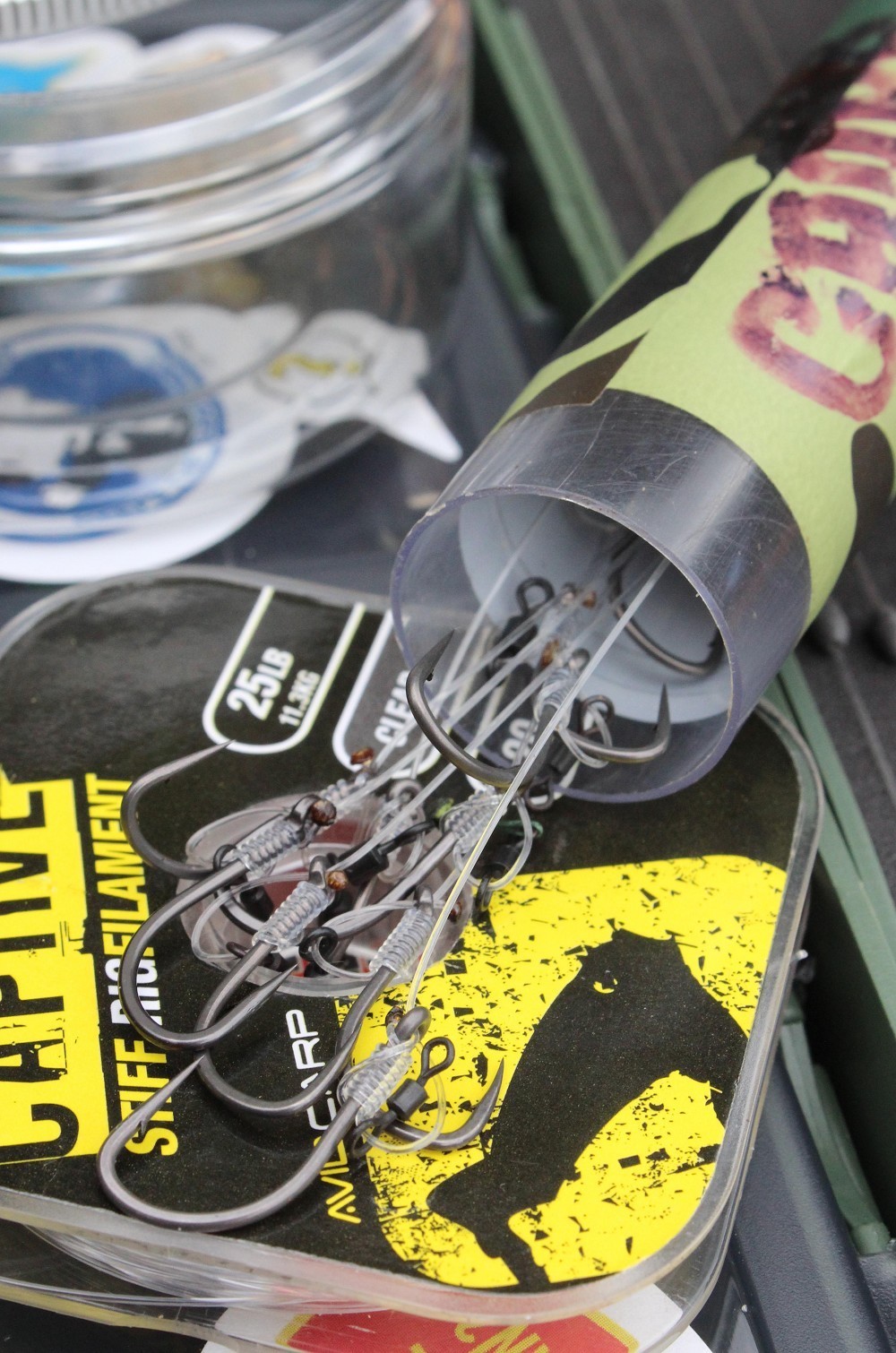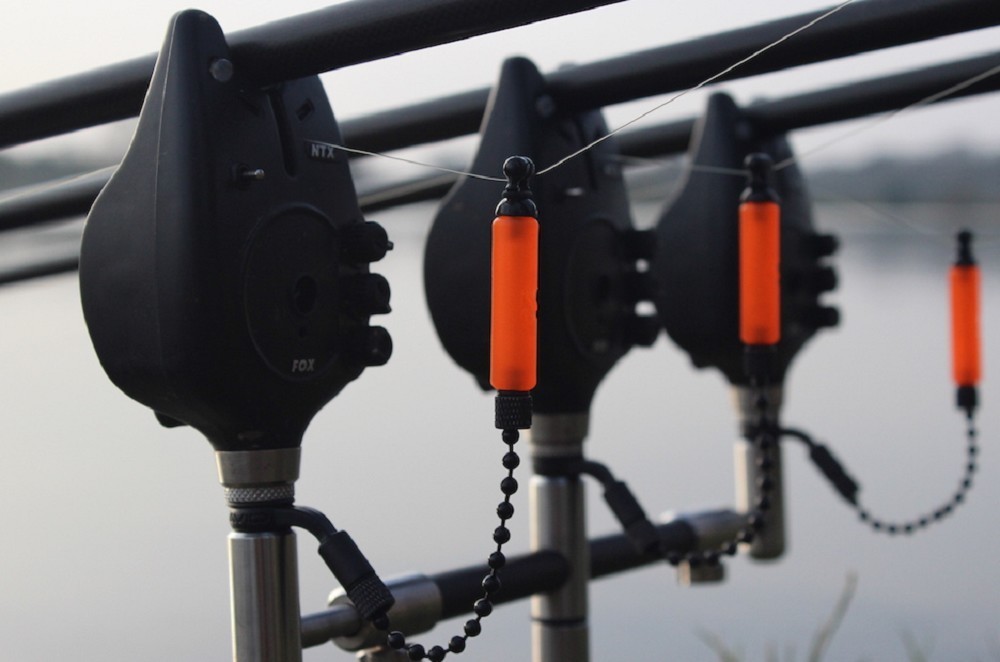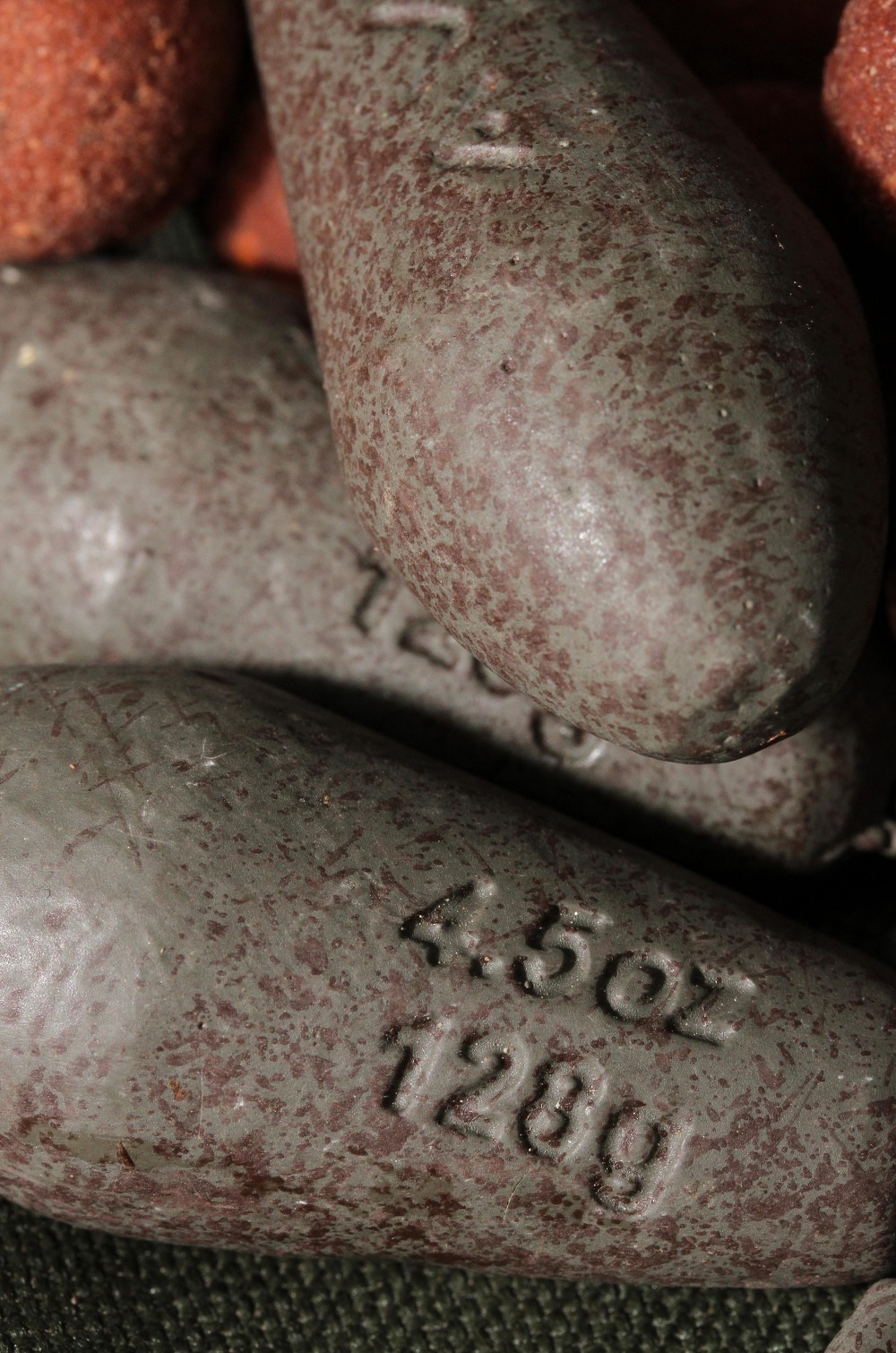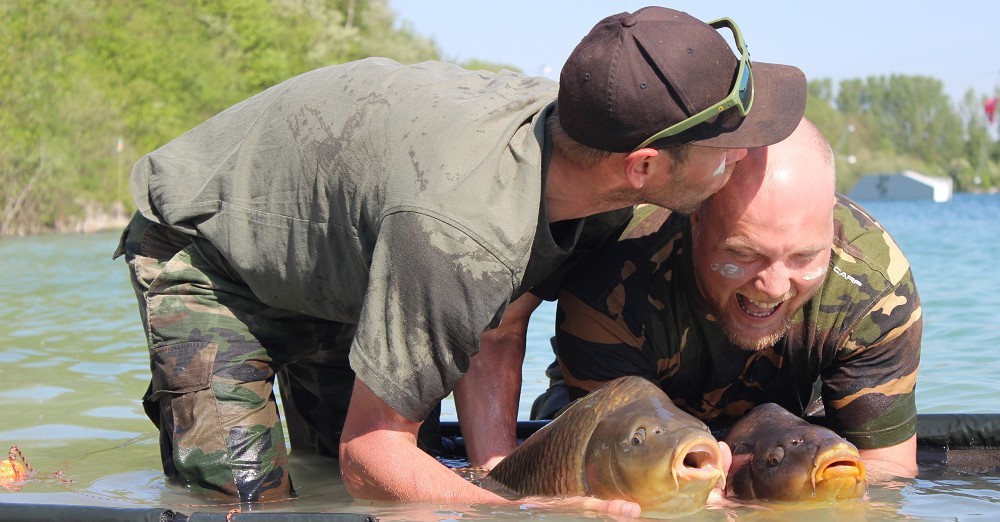
The hell of all hook pulls
Because there’s a fine line between success and failure. Here’s an eight-point guide on how to reduce the number of hook pulls
We’ve all been there, when we’re playing a good fish then, all of a sudden, everything goes slack and it’s game over. More often that not, as you sit reflecting on the loss, you often come up with things you could have done to improve your chances. Did you bully the fish? Did the lead drop-off during the fight? Was the hook pin sharp?
It doesn’t matter what we do deep down, there’s always a chance that we’re going to lose the fish during the fight. Would we want it any other way? We doubt it! Imaging playing a carp knowing that you would 100% land it. Would you still be nervous? Would get the same adrenaline rush? Would your legs shake as the fish twisted and turned feet from the bank? Probably not!
1. The right rod for the job
At present, it seems incredibly fashionable for anglers to use broomsticks, regardless of the size of the lake they’re fishing, and the size of the carp they’re hoping to catch. Now we know we all want the option of being able to chuck to the horizon, but at what cost? There’s no doubt that most out-and-out chucking rods don’t have the same playing action as other softer rods that are on the market. When using stiff rods, especially for smaller carp, there’s a much better chance that the hook can pull, especially during those final moments when the carp makes one last bid for freedom.
So what’s the answer? Use softer rods for all of your fishing! Not only is it more fun playing the fish, but you receive a lot less hook pulls. Fact! Nowadays, unless you’re fishing well over 100yds, which lots of anglers don’t, you can quite easily get away with using 3lb test curve rods. And, thanks to advances in carbon fibre and rod building techniques, you can now buy rods like Avid’s new Curvex’s which not only pack a punch when it comes to launching a lead but they are the most forgiving rods CARPology has ever used. Read our full review, here
So don’t follow latest trends and feel the need to buy the biggest, stiffest rods on the market. If you don’t fish a mega range all the time, take the safe approach and buy yourself a set of rods that actually bend when you play a fish.
2. Always take your time
Sometimes, when playing carp, anglers seem to get a little too excited, and end up bullying the fish. Unless there’s weed or snags around, just let the fish plod around in open water until it’s worn itself out. Some anglers, especially those targeting tough venues, may only get one bite a year, so the last thing you want to do is rush the fight and lose the fish. It’s a much better option to take your time and be calm. We bet we’ve all been there when we’ve lost a fish and, when looking back, we realise we ended up bullying the fish. Keep the pressure on, take your time and try to enjoy the battle. It could be your last one for a while and it could be the fish you’ve been dreaming about for years.
3. Drop the lead
A very controversial subject, but one which is fact when it comes to reducing the amount of hook pulls. Regardless of the size of lead you’re using, having it bouncing around in the corner of the carp’s mouth as it twist and turns during the fight can only do one thing: reduce the hook hold. If you lose the lead, there’s a much better chance of landing the carp.
4. Effective carp rigs
This is a pretty obvious one, but we think it’s probably the most important. Use rigs that you know have pedigree and you’ve experienced good hook holds in the past. For some it will be a Hinged Stiff Link, where others will prefer something less complicated, such as a longshank blow-back rig. You just need to use a rig that you’ve got loads of confidence it – one that when it goes in, it’s staying in.
5. Big hooks
Why use a big hook? Because the hook holds are great! Think about a size 10 in a 30lbers mouth - even a 20lb+ for that matter: you can easily imaging the fish spitting your rig and hookbait out without even knowing there’s a rig in the mix. Now think about it trying to deal with a size 4 hook. The key to landing more carp is really about getting better hook holds, so give ‘em some steel!
6. Reliable end tackle
This one goes without saying really. You want you end tackle to perform correctly and not let you down. If you want to drop the lead, you need to be confident that you lead clip is going to do exactly what I want it to do. Make sure you use good-quality terminal tackle product that your confident in and that you know won’t let you down.
7. Tight lines
With venues of all types receiving more and more pressure, you need to do something different to the guy next-door – and super tight lines could be the one. When fishing with tight lines, bite indication is brilliant and you know as soon as a carp has picked up your hookbait. And as you’ve learnt through various underwater films, carp will often spend the first few seconds trying to get rid of the rig. Some succeed and others may jeopardize the hook hold.
8. And go for heavy leads
And talking of leads earlier, opt for a heavier lead over a smaller one. You try lifting up a small lead with the hook resting on your finger – it hardly penetrates. However, switch that lead for a big 4oz jobbie and it’ll start piercing the skin. But like we said, try and drop the lead, as a big lead can cause hook pulls when playing a fish.



